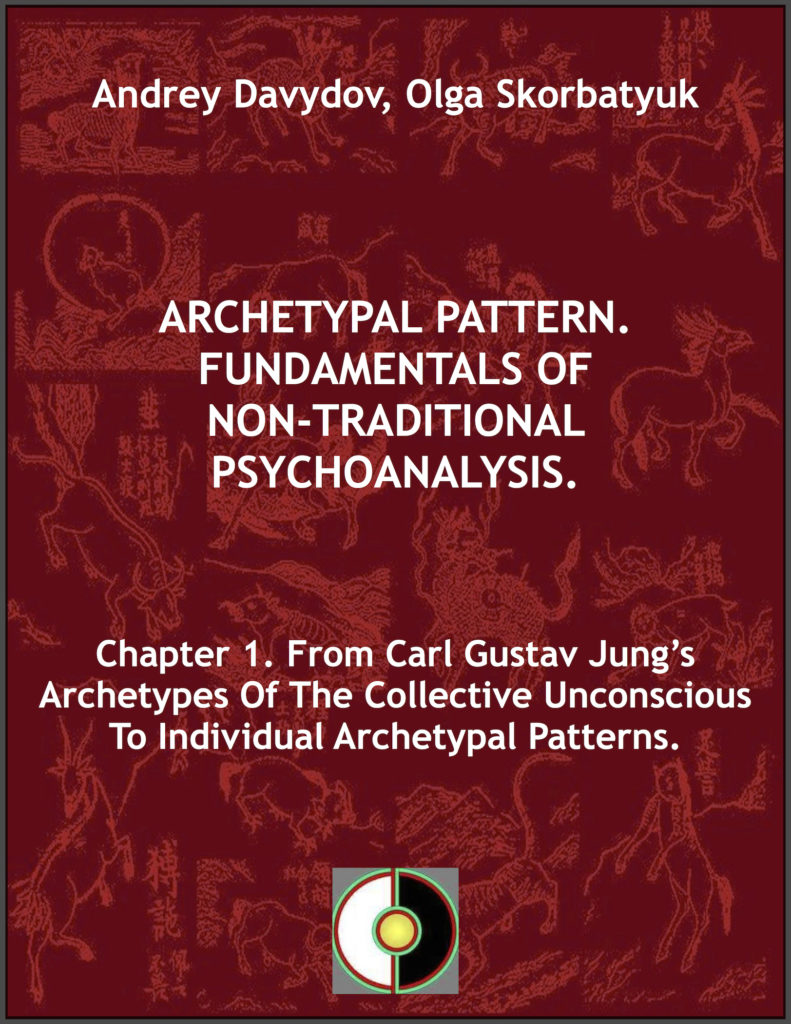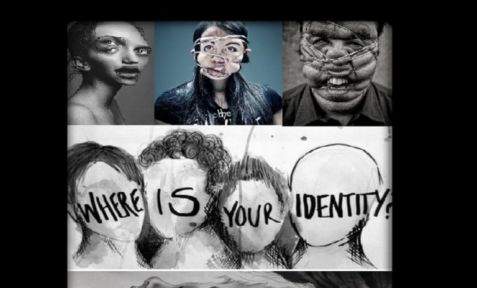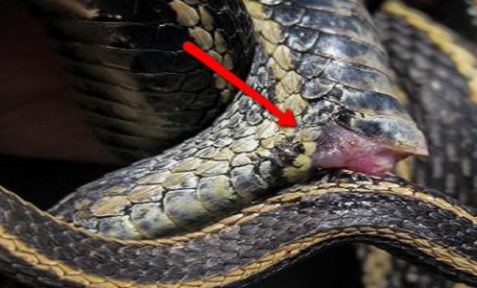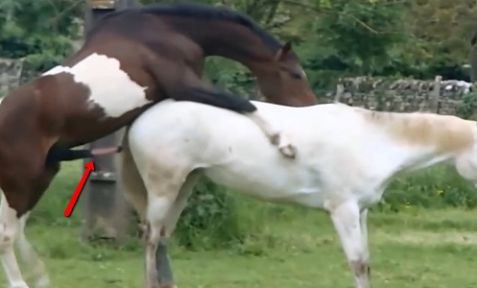ARCHETYPAL PATTERN. FUNDAMENTALS OF NON-TRADITIONAL PSYCHOANALYSIS. Textbook.

ISBN: 9781311820082
(Purchase an eBook or an AudioBook in English or in Russian.)
Chapter 1. From Carl Gustav Jung’s Archetypes Of The Collective Unconscious To Individual Archetypal Patterns.
Andrey Davydov and Olga Skorbatyuk
Translated by Anonymous.
Edited by Kate Bazilevsky.
It’s a well-known fact that neither Sigmund Freud nor his student Carl Gustav Jung were the first scientists to start their quest in the field of the unconscious. Prior to them Carl Gustav Carus and Eduard Von Hartmann had worked on the philosophy of the unconscious, though the very idea, was once ousted by the fashionable empiricism and materialism of the time – the concept being naturally scientific in psychology. However, despite the greatest discoveries in this area, the soul, as the basis for human psyche, was not only failed to be found, but its very existence was denied. The results of this fact might be well observed nowadays in psychology, philosophy and medicine: no soul – no foundation, no foundation – no house, no pivot – nothing to put the rest on. And, possibly not knowing the modern human being is the very cause of massive fragmentation or splitting of the conscience regardless of the diagnosis.
True we could be quite content with what we have already discovered in the fields of psychology, philosophy and religion, but these findings don’t make us fully satisfied. Also, they don’t explain who we are, why we are in this world and what’s our purpose. In other words, they don’t answer the questions of vital importance. In fact, we don’t expect to be truly happy with answers to the most important every day questions. And, the proof to this lies in general disharmony in various spheres of our lives as well as the very fact of continuous search for human soul.
We were quite positive that it was the profound or “deep” psychology that could help us in this search, the reason being the very fact that whatever “lay on the surface” had already been discovered, though unfortunately was not worth discovering. In Jung’s view deep psychology was similar to archeology and prior to him Sigmund Freud many a time compared psychoanalysis with this science as well since according to him Jung dealt with the “excavation of soul”. If “archi” means “origin,” then deep psychology should deal with “archeological excavation” of human psyche rather than rocks, penetrating the former as the basis of consciousness. After all, psychology like all other sciences is meant to study the universal in the particular, trying to find common patterns in something individual. However, it is well-known that common patterns do not lie on the surface therefore scientists try to get to the bottom going deeper and deeper.
So, we’ve decided one more time to try and find the very basis of human psyche, the cornerstone, which gives rise to the rest of the structure. And, until the end of the tangle is found we won’t be able to unwind the latter in order to understand what human psyche (which someone may refer to as soul) is all about.
Since the main scientific source for our psychological research are materials primarily borrowed from Carl Gustav Jung (1875-1961), we would like to focus our attention on the works of this great Swiss psychiatrist, psychoanalyst and psychologist. It is important for analyzing his conception of archetypes and their effect on human psyche. Examining his theory, our task will be to determine in what part our views on the subconscious are the same as those of Jung’s and where they are cardinally different.
…
To read more purchase in English or in Russian.
References
Jung, C. G. (1991). A. M. Rutkevich (Ed.). Arkhetip i simvol [Archetype And Symbol]. Moscow: Renessans.
© 2005 Andrey Davydov, Olga Skorbatyuk. All rights reserved.






